Describe the nature, history, role and importance of design in the industry
“Imagination is more important than knowledge. For knowledge is limited, whereas imagination embraces the entire world.” - Albert Einstein
Managing Future from the Present
• Technology-led Design
• Design & Innovation hold the key
• Present products - Futuristic Designs
• User-Friendly Products
Designing for the future while remaining relevant for the present
The essence of design lies in the process of discovering a problem shared by many people and trying to solve it.
The whole world looks different if you just put your chin in your hand and think. There are an unlimited number of ways of thinking and perceiving. In my understanding, to design is to intentionally apply to ordinary objects, phenomena and communication the essence of these innumerable ways of thinking and perceiving.
Innovation has become an overarching phenomenon where technology driven solutions connect many dots in one go… Creativity is broader than innovation…
“ Creativity is thinking up new things. Innovation is doing new things.” -Theodore Levitt
“Application of creativity in the process of innovation is Design”
Technology-Design Fusion
Design for Competitiveness
Design adds value to products & services
Brings benefit of Technology to users
Design connects user to product emotionally
Speed to Market with New Designs
“When markets shift, technologies proliferate, competitors multiply, and
products become obsolete almost overnight, successful
organisations are those that consistently innovate & create new
Knowledge, and embody it in products and an array of services…”
Design in Products,Services and Experiences
Manufacturing & Design Competitiveness
- Design DNA: Core of a Brand
- Brands with EQ through Design
- Design Creates Brand Experience
- SMART & INTELLIGENT BRANDS TOUCH LIVES and ENHANCE QUALITY OF LIFE
- Cultures| Emotions| Sensibilities| Feelings
- Strategic Design

Success by Design
Companies with Design Strengths
outwit those with Business Strengths
Strategic Design for Competitiveness
“Product design input contributes 60% to its
wealth generation (value addition), as well as influences 50%
of the inbuilt quality of its value chain & thereby
contributes significantly to the competitiveness
of the product ”
Design Enablement in Developing
and least developed Countries
Promoting Design: Lessons from 25 Leading Economies
Design Clinics
• Creation of designer’s pool for traditional sectors (India, Africa
• Tax incentives and other fiscal and policy based packages for design-led companies
• Design knowledge transfer partnership (UK
• Incubation fund for design (Korea, US, India)
• Subsidizing salary of designers for 18 to 36 months for select organizations (as in Canada)
• Setting up of Design Centres (Japan, Germany, Scandinavian countries, China)
• National Design Council (Indonesia, UK, India, etc.)
• Good Design Selection System (Japan, Malaysia etc.)
• Global Design Promotion (UK, Italy, Japan, Korea)
International Achievements through Design Promotion
US Holder of maximum number of global brands and patents.
UK Leader in design consultancy, focus on high end design education.
Japan Pioneer of Hi-Tech design culture, Good Design award system.
Taiwan Developed design to overtake Japan in electronic goods, redefined value price proposition globally.
China Global leader in low cost manufacturing, reverse engineering; actively taking to design promotion and education.
Thailand Design for export of manufactured goods.
Korea Integrated design with global production for electronics, automobile and automotive products, avionics, hi-tech goods.
Established as a mature design-led industry with aggressive 5 yr. policies. International
Design to Add Value
Methodologies for Design Interventions for Needy Sectors
•Skill Upgradation Training Programmes
•Grassroots Innovation Studio
•Technology-Design Links
•Documentation and Publications
•Design Clinics
•Design Audit
•Need Assessment and Design Interventions
•Feasibility Reports
•Management and Handholding of Design Institutions / Craft Centres
•Design Cell at Clients’ Premises
•Diagnostic Studies
•Impact Assessment Studies
Majority Design Issues Prevail: Opportunities in Bottom of Pyramid
•Poverty
•Illiteracy
•Drinking Water
•Shelter
•Productive Employment
•Lack of Access to Information / “Information poor”
•Physically challenged / Visually Impaired
•Socially deprived
•Disasters
•Child mortality / Infectious diseases / incurable diseases etc.
Creative Economy
• What is important in globalized economies?
Imagination, Innovation, Ideas, Knowledge, Skills
• What does our quality of life depend upon?
New Tools, Technologies, Designs and Societal Innovations to bridge the divide
• Why does innovations requires protection?
To safeguard an investment in product development, process & marketing
• Who needs protection?
The innovators / designers who create the new tools and techniques
• What is the problem?
Most creations are Intangible or have considerable intangible elements
In future, Creativity in Industry, founded on the interaction between Design and Technology, will be the driver of National and International Growth
“ Design is the term we use to describe both the process and the result of giving tangible form to human ideas. Design doesn't just contribute to the quality of life; design, in many ways, now constitutes the quality of life.”
“Empowering people through Design” “Interweaving with Service Economy”
Google Earth
ATM on Wheels
Mobile Banking Easy Affordable Access
Global Connectivity
Online Matrimonial
Online Funeral
SMS Alerts
Online Retail
Opinion Polls
Designing intangible experiences that reach people through many different touch points
”Service Design”
Connecting Communities
Ubiquitous Facebook | Twitter
Collective Bargaining Portals
Online Education Free
Information / Knowledge Portals
Google | Wikipedia
Trip Advisor
Combined Power of Technology & Design Networked Mass Movements
Good Design doesn’t Cost, but it Pays
Design History and its important influence in the evolution of the design industry
1.2 Explain the different definitions of design and the differences and similarities between design and product development
Compare the roles played by current and past designers and other contributors in the design process within the industry
https://designmuseum.org/designers
Most Influential Designers of All Time
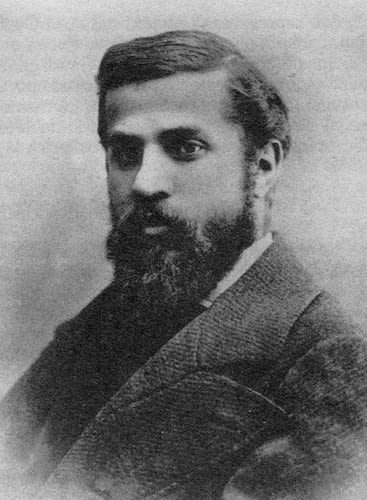
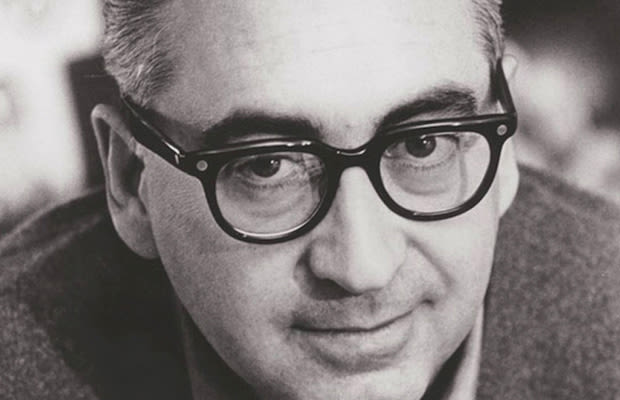


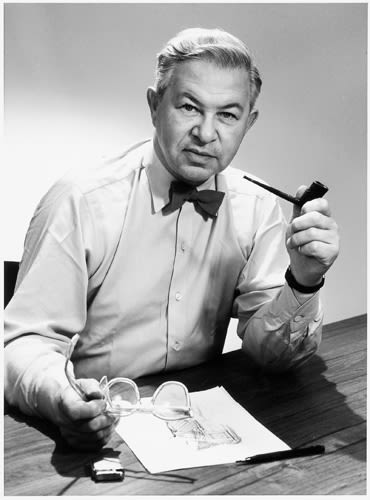
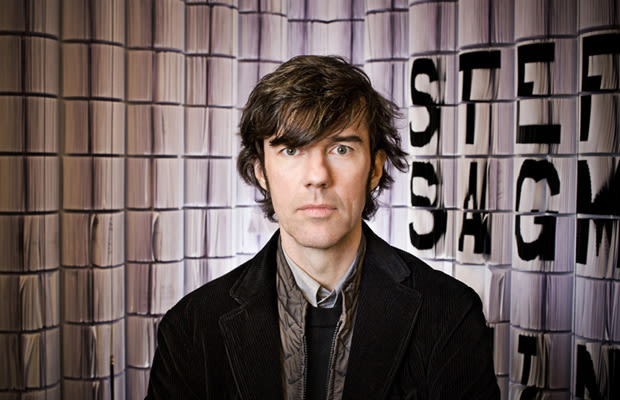
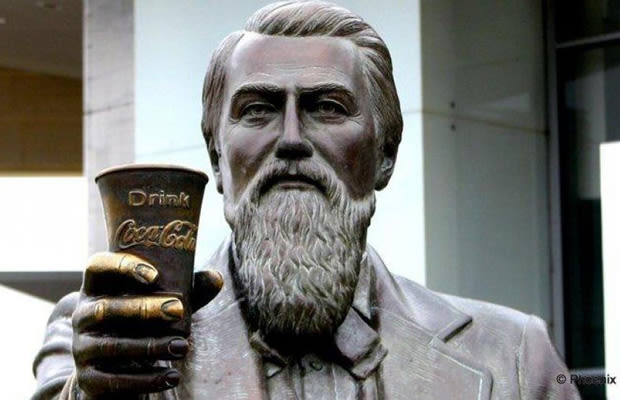

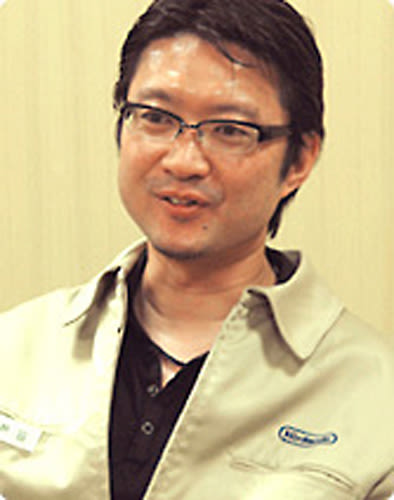

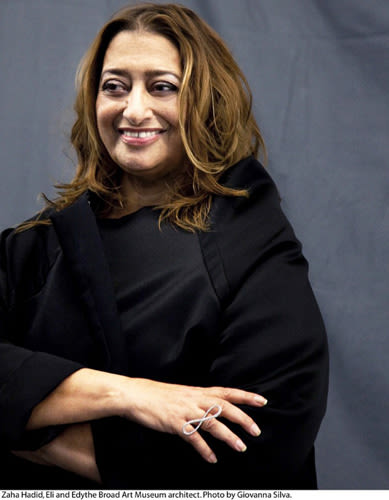

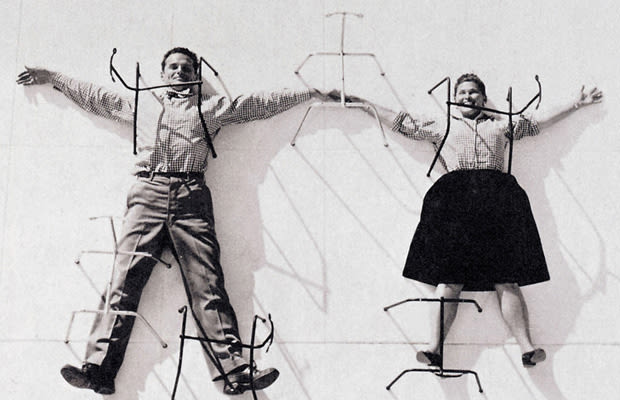
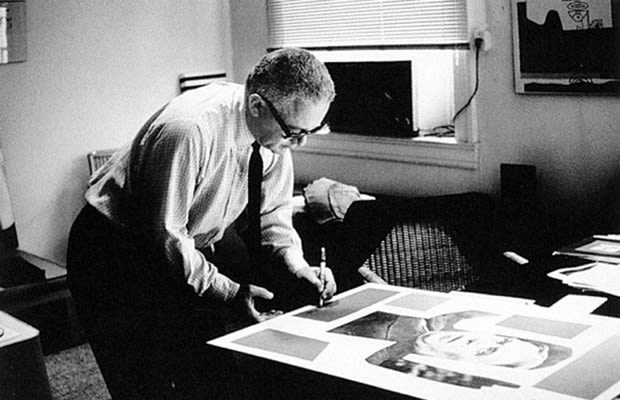
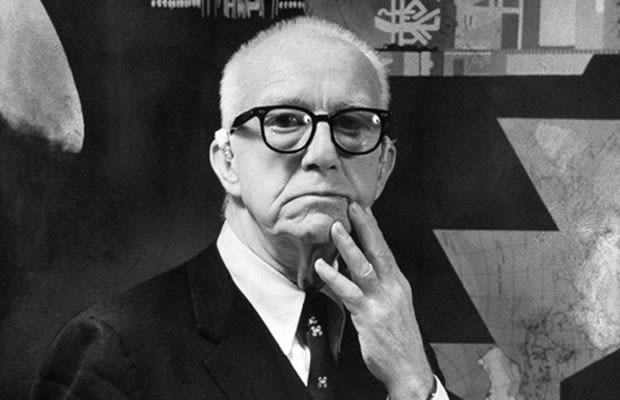
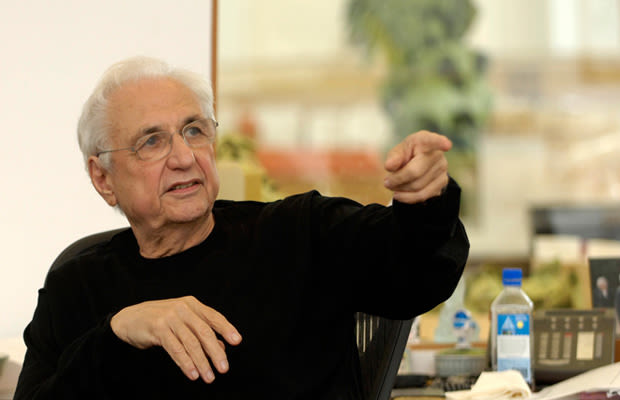


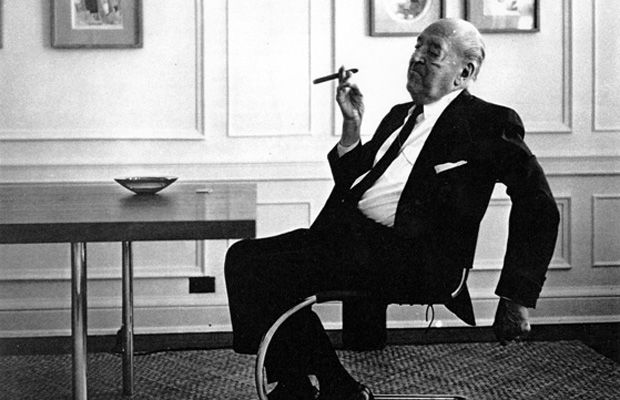
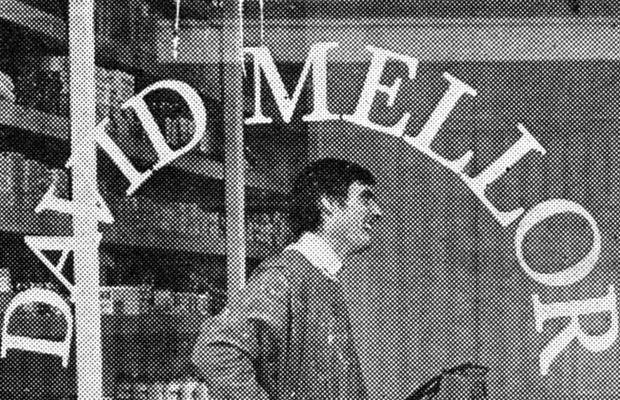


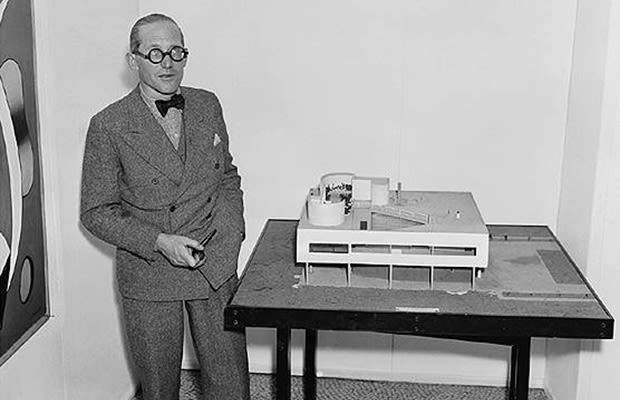

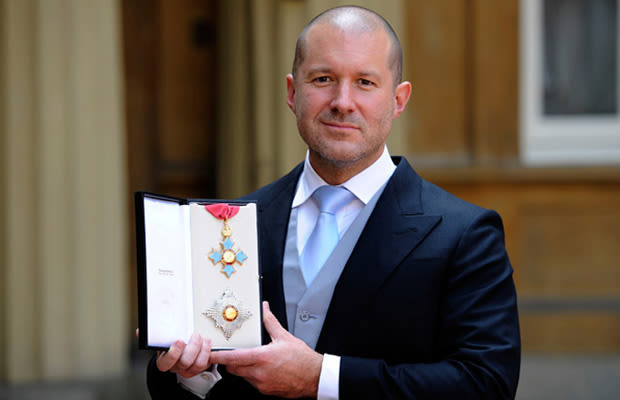
 Explain the impact of design on own work
Explain the impact of design on own work
Explain the impact of current and emerging technologies on design in the industry
Evaluate how the roles of individual workers across the industry are affecting future design directions
Evaluate how design trends affect the overall industry and the way it operates
Share information and pro-actively discuss emerging trends with work colleagues
Identify design trends that will impact on own work and describe opportunities that will help to develop appropriate new skills
The importance of design in innovation
Innovation is the key driver of progress in everything, from future technology to the manufacturing sector to healthcare and all else besides. Without innovation, progress would stall and the world would grind to a halt, at least in terms of development and improvement.
One of the most frequently-overlooked yet crucially important elements of innovation is design. When it comes to both products and services alike, it is design that determines how the end-user will experience, interact with and generally respond to what it is that’s on offer. As such, design will play a role in determining what will be purchased and how much will be spent on it, what will become high-demand, what will be deemed essential and so on.
Actually getting it right with design is about so much more than brainstorming ideas. Instead, it’s a process of identifying, pinpointing, exploring and ultimately understanding the needs of the user or audience in question. Or in other words, it’s a little like working backward – the need is identified, after which the solution is designed. A design mind-set focuses on solutions rather than problems, dreaming about what could be and how to bring about beneficial outcomes.
Design for growth
This video explores exactly why it is that design is of such fundamental importance for both stability and growth in any business area. It highlights the importance of both creativity and design as elements of innovation, in order to bring about solutions that are suitable, desirable, affordable and sustainable. Bringing new products and services to market is always an intensive challenge, but by better-understanding the role design plays, chances of succeeding accelerate exponentially.
Manufacturing
The United Kingdom manufacturing industry in particular is reliant on design to facilitate its strength and on-going success. Good design can help commercialise technology, accelerate exports to the world market, exploit the UK's strengths and grow our advanced manufacturing base. Or in other words, design is something of a linchpin that holds the manufacturing industry together at its core, while at the same time helping map out its future.
Innovate 2015
In this video, Sebastian Conran, Director of Consequential Robotics, talks about Innovate UK's newly launched design strategy at Innovate 2015. The convention once again brought together some of the most brilliantly innovative minds and forward thinkers, in order to discuss and share ideas for continuous and sustainable improvement.
Science meets design
This video features a roundup of the Science Meets Design event held on Monday, 28 October 2013. This event had leading thinkers in design and science discussing how greater collaboration can drive forward the UK economy. Science and technology are just as important elements of innovation as design – it is only when all core elements come together that innovation can reach maximum potential.
Design thinking characteristics
Design thinking – as in the design mind-set – utilises systemic reasoning, intuition, imagination and logic to create desired outcomes by exploring unexplored possibilities. The core characteristics of design thinking include the creation of sustainable solution, balancing functionality with desirability, finding simplicity in complexity and ultimately serving the people’s needs.
The importance of industrial design in product development
Industrial designers develop aspects of a product that create emotional connections with the user. They integrate all aspects of form, fit and function, optimising them to create the best possible user experience. They also create visually appealing designs that can stand the test of time and ensure that the product is ergonomically suited to fit the user, including how they will functionally relate, interface or live with the product.
How successfully they are able to do this can often determine the success of a product in the market. Firms that leave industrial design to the end of the engineering lifecycle, or out completely will struggle to find success in consumer-driven markets.
Industrial designers face a number of challenges, as manufacturers face more competition and faster development cycles than ever before. Alongside this, consumers are becoming ever more discerning and global competition continues to rise. Design and engineering teams are increasingly geographically spread, and elements of the design and engineering processes are often outsourced.
Globalisation means that industrial designers now have to take both human factors and demographics into account during the design phase. Not only do they have to consider different body shapes and sizes, genders and age ranges – but when catering to a global audience, there are different cultures, expectations, infrastructures, beliefs and preferences as well.
As such, pressure is being put on industrial designers from every angle. They have to operate in a fragmented development environment, but still develop products faster, without compromising on style or materials. Even how something is packaged can have an impact on sales.
An industrial designer’s role in the product development process is to establish the design language of a product, as well as the corporate branding and identity. They are a vital element of the process because they have insight into market trends and consumer preferences. While most people will have an understanding of their own preferences and those of friends and family, an industrial designer brings together a creative design element with a much deeper understanding of markets and trends. In an increasingly globalised product market, this is more important than ever before.
In order to deliver innovative designs that are functional, manufacturable and affordable, it is critical that industrial designers work with and satisfy the needs of all of the major stakeholders across the product lifecycle, including executive management, marketing, engineering and manufacturing. An industrial designer also has to be able to offer a lot of options and flexibility, working closely with the engineers to determine how to manage costs through the use of different manufacturing techniques, materials or functions.
To achieve this, industrial design and styling needs to be performed early in the product development process. It must be able to accommodate frequent change, as new opportunities and new requirements arise. Distinctive design and styling gives companies across almost all industries a significant competitive advantage. But in today’s markets, form, fit and function are equally important since they are crucial factors that determine whether customers have a positive experience with a product each and every time they use it. The most effective way to accomplish this is for the industrial design process to be tightly integrated into the whole product development lifecycle.
Integrated design tools allow designers to explore forms more freely while providing engineering and manufacturing teams with earlier visibility into design concepts. This enables them to provide valuable feedback before critical design decisions are made. Similarly, visualisation of this data at all levels makes it possible to accelerate design decision making, thus reducing overall product development times. One critical aspect that is often disconnected is the ability to dynamically evaluate the aesthetics and its impact on the design. Visualisation tools help designers evaluate and make decisions on which materials are best to use and how the product will look and be perceived in the market in an immersive, digital environment before any physical prototypes are made.
Design reuse is another element that can significantly benefit the design process as a whole. Reuse is typically only considered as something relevant to standard parts and engineering, but an integrated design platform offers unique capabilities that designers can leverage too. When separate groups are able to work simultaneously in an integrated environment, all data can be reused throughout the complete product development process. This helps speed up the design process by enabling designers to capture unique elements of a design and providing a means for them to be easily reused.
The key factors to enabling cutting-edge industrial design are flexibility, collaboration and integration. An integrated and collaborative platform can work to synchronise a design’s form, fit and function considerations with the requirements of other disciplines involved in the concept-to-market process. Through greater support of the early design process, it becomes possible to realise improvements in design productivity and quality.
There are increasing needs to deliver the right product to the market the first time. In order to achieve this, companies need better collaboration across product disciplines. They need ways to work across geographies, through faster design iterations as well as capture and reuse product knowledge earlier in the design process. It’s because of these demands that companies are finding it very appealing to change the way they are traditionally doing business and move from niche tools and design silos towards integrated solutions.
Compare the roles played by current and past designers and other contributors in the design process within the industry
https://designmuseum.org/designers
Most Influential Designers of All Time
Antoni Gaudí

Medium: Architecture, Furniture, Interior Design etc.
Spanish Catalan architect Antoni Gaudí's magnum opus is the Sagrada Familia in Barcelona. The Temple Expiatori de la Sagrada Familia is probably a singularly unique structure: part Neo-Gothic, part Naturalistic, part hallucinatory dream. It is mind blowing that Gaudí was thinking of and designing spaces such as these so early in the 20th century, markedly different from the architecture of Victor Horta's Art Nouveau influence. Gaudí also designed interior spaces, doors, and furniture that look as though they are a part of the bizarrely seductive universe that his architecture hails from. He even created pieces like a Gossip Chair, which is a series of seats conjoined at the armrests.
Saul Bass
Medium: Print Design and Animation
If you have ever seen the title sequences of Alfred Hitchcock's Psycho, Spartacus,or Anatomy of a Murder, or seen the posters for Vertigo or West Side Story, you have encountered Bass' most well known works. Other contributions to our society rank among the Girl Scouts' and United Airways' logos.

James Dyson
Medium: Product Design
Forbes may have said it best: "Dyson brought a level of excitement to housekeeping that's usually reserved for cell phones and plasma televisions." They're right; 360-degree-swivel vacuums and bladeless fans have never felt so compelling.

Marcel Breuer
Medium: Architecture, Furniture Design etc.
Like many of his brilliant contemporaries, Marcel Breuer also studied and taught at the Bauhaus in the 1920s, where he would then take on a teaching position as the head of the university's carpentry workshop. His familiarity with unforgiving materials of Industrial design eventually lead to this Hungarian Modernist's most widely-recognized work: the Wassily Chair. The name may not be familiar to all of us, but the bent tubular steel chair is no stranger in our lives. Breuer is also responsible for the Whitney Museum of American Art building (1966) uptown, which is a familiar façade for New York City aesthetes and civilians alike.

Arne Jacobsen
Medium: Industrial Design, Furniture etc.
Danish-born Arne Jacobsen is considered to be amongst the most influential architects and designers of the 20th century. Two of the standouts of Jacobsen's prolific career are his Egg Chair (1956) and Swan Chair (1958). Jacobsen's chairs exemplify the pared down silhouettes and seamless futuristic curves we have become so attached to. Even after half a century, Jacobsen's work somehow manages to be historical, futuristic, and contemporary all at the same time.

Stefan Sagmeister
Medium: Graphic Design
Austrian native Stefan Sagmeister's most jarring (and recognizable) work was the infamous poster he designed for AIGA in 1999, where he opted to have the text of the event excised into his skin and photographed as the result. So, if Sagmeister doesn't type typography personally — we don't know who does.

John S. Pempberton
Medium: Typography
The other day while sitting in traffic, a huge 16-wheeler truck chugged along in the opposite direction. The giant red hull read "Coca-Cola." The look of the brand's Spencerian Script logo has remained (for the most part) unaltered since its original creation in 1886. After Pemberton had created the formula for his new drink, his partner and bookkeeper suggested that he alliterate the brand name because "the two C's would look well in advertising." Incredibly, over 125 years later, Coca-Cola's brand name is still iconic.

Massimo Vignelli
Medium: Graphic Design etc.
Massimo Vignelli's famous adage "If you can design one thing, you can design everything" may not hold true for everyone, but his idealism is much appreciated. Utopian aspirations aside, Vignelli re-branded familiar companies such as American Airlines, Knoll, Bloomingdale's and Xerox, as well as created the signage for the NYC and DC Metro systems. So, next time you are in New York City, and you realize that the MTA arrows point you in the right direction, you have Vignelli to thank.

Kenichiro Ashida
Medium: Product Design
Kenichiro Ashida is to thank for all the time we have spent burning calories and time with the Nintendo Wii. His original design and creation of the Wii controllers, as well as its subsequent accessories, have truly changed the way that we interact with virtual games in real space and time.

Rem Koolhaas
Medium: Architecture
Rem Koolhaas is still hot; just last week, his design for the Miami Beach Convention Center Competition was chosen as the winner. In addition to his continuing contributions to contemporary architecture, Koolhaas is a Professor in Practice of Architecture and Urban Design at the Graduate School of Design at Harvard University. OMA (Office for Metropolitan Architecture) was co-founded by Koolhaas in 1975. In the late '90s, as OMA was confronted with a transition into the virtual domain, they decided to create a new company called AMO, a think tank dedicated to operating in "areas beyond the tradition boundaries of architecture, including media, politics, sociology, renewable energy, technology, fashion, curating, publishing, and graphic design."

Zaha Hadid
Medium: Architecture etc.
Iraqi-born architect Zaha Hadid was the first woman to with the Pritzker Architecture Prize in 2004. Her Starchitect status and global notoriety speak to her success and recognition as a designer of space and structure. And two days ago, Hadid revealed her first New York City project: a boutique condo complex near New York City's High Line park. In addition to her geometric mega-structures, she has also created furniture installations, as well as had a hand in the design of a three-wheeled automobile. She even dabbled in footwear design to produce a boot in 2009 with clothing brand Lacoste.

David Carson
Medium: Typography, Graphic Design etc.
David Carson has been dubbed the original grunge graphic designer. His work is not focused on ease of legibility but rather reacts against that impulse. Type finds itself haphazardly wandering across pages, over pictures, even on top of itself. Carson's work taps into the antithesis of modernist design and does it with such conviction that by now it only seems natural.

Charles and Ray Eames
Medium: Architecture, Furniture Design
The Eames' molded plywood lounge chair was the first and finest of its time when it debuted in the 1950s. Since then, the chair and its accompanying ottoman, have been in constant production. It even holds a spot in the permanent collection of MoMA in New York City. In addition to this stunning contribution to furniture design, the Eames' home in Pacific Palisades (Case Study House #8, 1949) stands as a live-able (and lived-in) fantasy interior and somehow continues to look fresh and unbridled by decades of passing trends.

Paul Rand
Medium: Graphic Design
One of Paul Rand's contemporaries, Louis Danzinger, once said of him, "He almost singlehandedly convinced business that design was an effective tool." Rand's work was mainly in rebranding corporate identities. Rand's designs were decidedly reductive and seemingly uncomplicated, and a style that was once groundbreaking, has now become a paradigmatic model for generations of graphic designers today.

Richard Buckminster Fuller
Medium: Architecture, Automobile Design etc.
Richard Buckminster Fuller knew no bounds. The man was an inventor and an architect, a cultural theorist and an automobile designer, a simple game maker and a builder of geodesic domes. In retrospect, his two-time dismissal from Harvard University reads like a historical joke. Fuller's international recognition began with his design of the geodesic dome. He even established the World Design Science Decade (from 1965 to 1975) to "apply the principles of science to solving the problems of humanity." He seemed to be outrageously ahead of his time; urging designers to look towards renewable resources for energy, and creating affordable, sustainable works to serve the citizens of the world.

Frank Gehry
Medium: Architecture
Two of Frank Gehry's best-known works are his titanium-covered Guggenheim Museum in Bilbao, Spain and the Walt Disney Concert Hall in downtown Los Angeles. These huge structures take on an unprecedented form and scale, which have now become attributed specifically to Gehry. He was also responsible for the design of the Experience Music Project in Seattle as well as Dancing House in Prague. It feels as though Gehry's work doesn't really need any explanation, since the forms themselves are quite astonishing in their own right.

Philippe Starck
Medium: Architecture, Product Design, Industrial Design etc.
This internationally renowned product designer began his career at the artistic director of Pierre Cardin's publishing house. Following that accomplishment, Philippe Starck went on to establish his own industrial design company that would work with the likes of Driade, Alessi and Kartell in Italy, Drimmer in Austria, Vitra in Switzerland, and Disform in Spain. His dedication to the idea of democratic design led him to create mass-produced consumer products rather than singular bespoke pieces. Starck gradually expanded his design practice to every genre possible: furniture, domestic appliances, staplers, toothbrushes and lemon reamers, tableware, even clothing, food, and architecture. Perhaps, the wonder of Starck is that his vision is not limited by medium, but instead is liberated by their respective possibilities.

Frank Lloyd Wright
Medium: Architecture, Furniture Design etc.
The prolific Frank Lloyd Wright designed more than 1,000 structures and completed over 500 works over his career. Though Wright was also the designer of the famed Solomon R. Guggenheim Museum in New York City, his magnum opus, Fallingwater (1935) in southwestern Pennsylvania, demonstrates an epitome of a harmony between man and nature. The façade of the Kaufmann Residence (as it is also known) is striking of course — the cantilevered slabs seem to float sublimely above cascading waterfalls, but the structure and its contents have been fully worked over by Wright. The entire interior (furnishing included) was also designed by Wright.

Ludwig Mies van der Rohe
Medium: Architecture
Mies van der Rohe is an accomplished man (to say the least). He served as the director of Berlin's Bauhaus as well as the department head of architecture at the Illinois Institute of Technology, where he is credited to have developed the Second Chicago School. Among his fellow modern architecture masters (or peers, as some might refer to them) are Frank Lloyd Wright, Alvar Aalto, and Le Corbusier. But despite his rich associations, Mies strove for what he called "skin and bones" architecture; architecture with minimal framework and open space. Today, such a concept seems benign or even standard, but it was the prolific work of Mies that breathed life into the mantra, "less is more."

David Mellor
Medium: Industrial Design
David Mellor was once described as "Britain's greatest post-war product designer." Starting in 1950, Mellor studied at the Royal College of Art in London, where he produced his first set of cutlery, "Pride." Though designed while he was still a student, the collection of cutlery is still in production and being purchased today. In addition to helping people eat their food chicly, Mellor designed street lighting, public seating, trash bins and traffic lights. Essentially (and potentially) Mellor was structuring your life, and you didn't even know it.

Dieter Rams
Medium: Industrial Design
German industrial designer Dieter Rams served as the head of the consumer products company Braun. Rams is usually associated with the Functionalist school of industrial design and has even created ten clean-cut principles for us civilians to qualify "good design." According to Rams, good design is innovative, makes a product useful, is aesthetic, makes a product understandable, is unobtrusive, is honest, is long-lasting, is thorough down to the last detail, is environmentally friendly, and is as little design as possible.

Milton Glaser
Medium: Graphic Design
Milton Glaser is such an accomplished graphic designer that the I ♥ NY (yes, someone designed that) logo is only a part of his portfolio. Glaser, along with his peer Clay Felker, founded New York Magazine in 1968. And among some of the graphical gifts endowed to future generations from Glaser are the Target, JetBlue and Coach logos. And, the 2009 documentary film titled To Inform and Delight: The World of Milton Glaser only drives home the ideology that Glaser's work strove for: design that is legible, informative and visually pleasurable. That same year Glaser was also awarded the National Medal of the Arts by President Barack Obama.

Charles-Édouard Jeanneret-Gris a.k.a. Le Corbusier
Medium: Architecture etc.
In retrospect, history has painted Le Corbusier as a man who could create just about anything. He was a pioneer of modernist high design and architecture and considered a visionary for the future of urban space. His idealistic designs range from the infamous Villa Savoye (that summed up his five main points of architecture) to the unfinished capital city complex of Chandigarh, India.

Walter Gropius
Medium: Architecture
In 1919, German architect Walter Gropius founded the Staatliches Bauhaus, an institution still renowned for its approach to teaching and integrating craft, design and the fine arts. In addition to founding a school that attracted the likes of Paul Klee, Wassily Kandinsky, Laszlo Moholy-Nagy, and Josef Albers as faculty, Gropius is also considered to be a pioneer of modern architecture.

Jonathan Ive
Medium: Industrial Design
Sir Jonathan Paul "Jony" Ive is Senior Vice President of Design at Apple Inc. andoversees the Industrial Design for the MacBook Pro, iMac, MacBook Air, iPod, iPod Touch, iPhone, iPad, iPad Mini and iOS 7. Essentially, this man is responsible for the sleek Apple-laden monolith that we all succumb to at one point or another.

Max Miedinger
Medium: Typography
Max Miedinger was a Swiss typeface designer who gave us Helvetica, a typeface that has subsumed so much of our lives that we scarcely notice its ubiquity. The pared down typeface takes center stage in branding from American Apparel to American Airlines; but Helvetica also weasels its way into instruction manuals and nutritional panels. We also have yet to hear of another typeface that is compelling enough to have a feature length documentary made about it.

Explain the impact of current and emerging technologies on design in the industry
Evaluate how the roles of individual workers across the industry are affecting future design directions
Evaluate how design trends affect the overall industry and the way it operates
Share information and pro-actively discuss emerging trends with work colleagues
Identify design trends that will impact on own work and describe opportunities that will help to develop appropriate new skills






























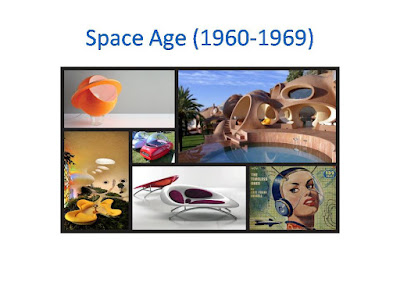




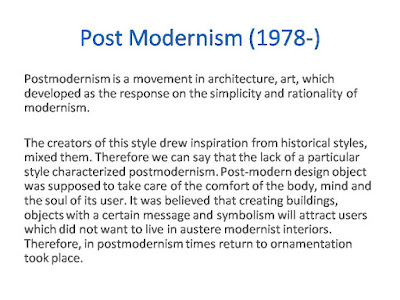














No comments:
Post a Comment
Note: Only a member of this blog may post a comment.